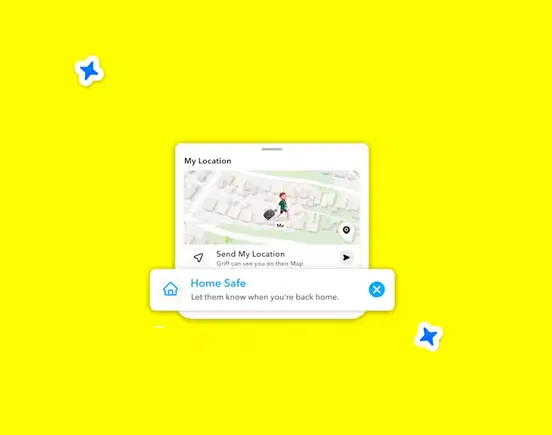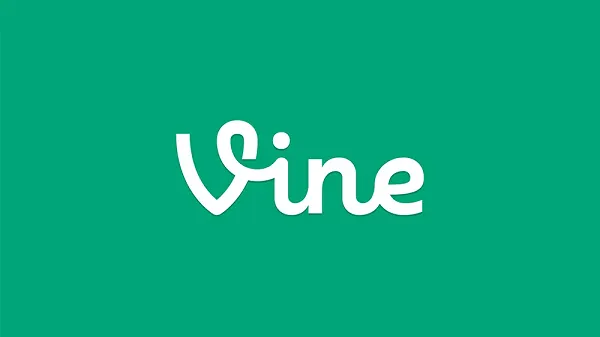5 Ways to Supercharge Your Conversion Rates
There’s something funny about conversion rates: we’re never happy with them. We know that even a 0.1% increase can make a world of difference. So we tweak, add, delete, test, rinse, and repeat. But here’s an even funnier thing:...

There’s something funny about conversion rates: we’re never happy with them. We know that even a 0.1% increase can make a world of difference. So we tweak, add, delete, test, rinse, and repeat.
But here’s an even funnier thing: you don’t always know what to tinker with. Is it the copy? The colors? Should the CTA button be placed higher on the page? Is the USP not convincing enough? There’s an endless supply of similar questions.
And, of course, you can’t start tweaking all of the things that affect your conversion rate: how are you going to know what worked and what didn’t?
Let’s take a look at the basics – the page elements that are the usual culprits when it comes to an unsatisfactory conversion rate. A piece of advice first: don’t make all the changes at the same time. Make one or two tweaks, wait for the results to come in, then move along the list.
1. Avoid Analysis Paralysis
Analysis paralysis refers to the inability to make a decision because you have too much data to sift through so you end up weighing the pros and cons of each possible choice until you make none of them. This can happen to you if you change all the elements below at the same time.
It can also happen to the users of your website when they have too many options on a single page. Subscribe to newsletter, but also:
Buy our service.Download this whitepaper that you absolutely need to make better decisionsCheck out our brand story – you will be impressed!Look at this video embedded here.You see where I’m going with this, right? Remember that the average time users spend on a page is 52 seconds. That’s less than a minute!
If they can’t find what they are looking for quickly, they’ll move on – and it’s usually to a competitor. To avoid that, follow this rule of thumb: “one page, one central message”.
Draw inspiration from eCommerce, where each page features a single product. Additional recommendations are usually displayed in the footer and they always let the main product shine. So, if you have several services or products, create a page for each of them.
2. Write Clear CTAs
“Buy now”, “Subscribe to newsletter”, “Download whitepaper”, “Talk to a consultant”. CTAs are not the time to channel your inner Hemingway. They need to be clear, crisp and tell people exactly what to expect at the other end.
Also, make sure they follow through. A “buy” CTA should lead users to checkout, not to another service/product page. A “download” CTA should give them access to the promised material without three additional fences.
3. Shorten Your Forms
Do you really need to know your users’ birth date? Or their phone number?
If not, skip them. Only add essential data that you absolutely need in order to communicate with them or deliver your services. Anything else adds noise and makes users reluctant to share their data. It’s a matter of both lack of time and trying to protect their sensitive data.
4. Tweak Your Copy
My agency team and I have seen the best results when we’ve made changes to a client’s copy. Oftentimes, it was a complete rewrite, focusing on a clear flow and explaining the benefits of the solution better. Other times, there were small tweaks, like a crisper CTA or better subheadings.
You can read more about conversion rate optimization copywriting here.
One thing to remember: copywriting is closer to science than to art. There are clear formulas for effective copywriting. When applied, they can increase your conversion rate by double digits — we’ve seen it happen! Here’s a case study describing how we managed to increase a client’s conversion rate by 25%.
You can change the color of your CTA button 10 times in a month. If the message isn’t clear and it doesn’t convey the benefits users are looking for, it’s useless. So start here: think about your buyer persona and what they need. High-conversion pages respond to that need.
5. Create Trust
The last essential element of any high-converting page is trust. No matter how short your forms are and how clear your CTAs are, if the readers don’t trust you, your page won’t convert.
You can gain some trust through excellent copywriting, of course. But the bulk of the trust comes from social proof. Add it to each of your mission-critical pages.
Social proof can be: testimonials, reviews, or logos of the companies you have worked with in the past. Photos and short bios of your team can also spark trust, so use them along with the usual social proof elements or instead of them if you are a new business.
Final Thoughts
Conversion rate increases stem from two major things: clarity and user intent alignment. The rest is white noise that will be ignored by users who are accustomed to skimming rather than reading.
Before you hit publish on your pages, ask yourself this: did you convey the benefits clearly enough and without distractions? Also, are those benefits exactly what your buyer persona wants or needs?
If you answered “yes” to both these questions, your page is ready to bring in conversions. If not, my team and I can help you improve your conversion rate through laser-focused CRO copywriting. Check out our copywriting services and let’s talk!

 ShanonG
ShanonG 







![Zero Click Search Drama & Other Digital Marketing News [PODCAST]](https://cdn.searchenginejournal.com/wp-content/uploads/2021/03/moc_3-26-21_sej-605de03c800e6.png)





















